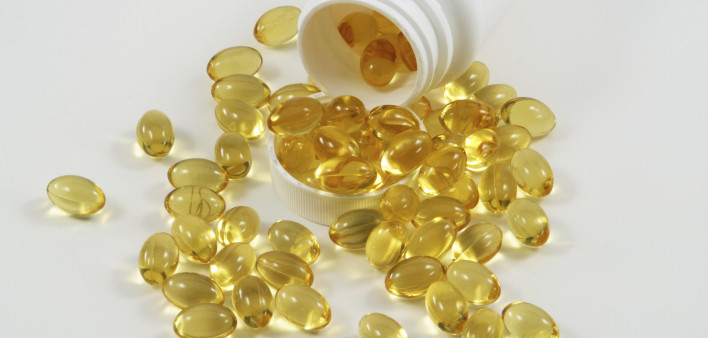For people living with HIV and non-alcoholic steatohepatitis (NASH), vitamin E treatment is a safe an effective option for treating the liver disease.
A research team led by Giada Sebastiani, MD, of McGill University Health Center, conducted a single-center Phase IV open-label, single-arm clinical trial of 24 weeks of 800 international units of daily vitamin E (alpha-tocopherol) among 27 people with HIV and NASH.
Between February 2015 and September 2018, the study authors recruited people with HIV who were not coinfected with hepatitis B or C virus (HBV or HCV) and did not consume more than 21 alcoholic drinks weekly if they were men or 14 drinks weekly if they were women. The participants also needed to be on antiretroviral treatment for HIV and have had a fully suppressed viral load for at least 24 weeks.
The participants could not have a history of hepatocellular carcinoma (HCC, the most common form of liver cancer), liver transplantation or a history of illicit drug use.
Study visits were scheduled at the baseline and at weeks 4, 12, 24 and 48 thereafter. The participants were treated with vitamin E for the first 24 weeks only.
The participants were diagnosed with NASH due to having a controlled attenuation parameter (CAP) of at least 248 decibels per meter and significant liver cell death (apoptosis) as indicated by a cytokeratin 18 (CK-18) level greater than 130.5 units per liter.
At the end of follow-up, the participants’ ALT liver enzymes declined by 27 units, their CAP score declined by 22 dB per meter and their CK-18 declined by 12 units per liter. There was no change in their body mass index.
There were no serious adverse health events. None of the participants were lost to follow-up.
“In conclusion,” the study authors wrote, “vitamin E treatment seems safe and reduces ALT, CAP and CK-18, leading to rapid and sustained normalization of ALT and reduction of hepatitic steatosis [liver fat accumulation] in a significant number of HIV monoinfected patients with a noninvasive diagnosis of NASH.”
To read the study abstract, click here.







Comments
Comments